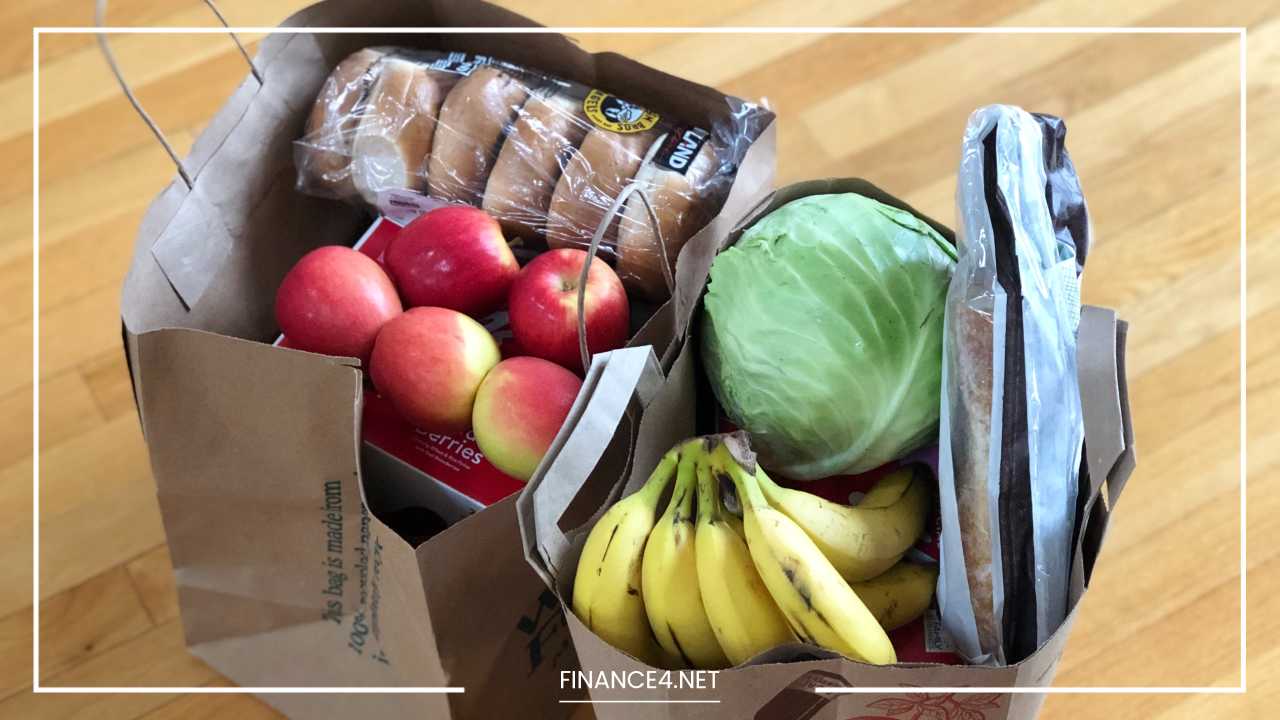Mastering the Art of Thrifty Grocery Shopping

Grocery Shopping
Saving money is an ongoing challenge, and one area where a significant impact can be made is in the realm of grocery shopping.
Effectively managing finances requires a thoughtful approach to budgeting for essential needs while avoiding unnecessary expenses.
Grocery shopping, being a pivotal aspect of household spending, demands a strategic plan to ensure that every dollar spent is a step towards financial well-being.
This comprehensive guide delves into practical tips and strategies to help you not only save money on groceries but also savor the joy of culinary experiences without breaking the bank.
The Budgeting Dilemma:
Budgeting, often viewed as a laborious task, involves allocating funds for various household expenditures, such as electricity, water, and phone bills.
Among these financial considerations, food consistently stands out as a top priority, necessitating a delicate balance between economizing and maintaining a nutritious diet.
Successfully navigating this challenge requires a disciplined approach to grocery shopping, where intentional decisions are made to optimize every dollar spent.
Strategies for Effective Grocery Shopping:
- Create a Comprehensive Grocery List: The cornerstone of efficient grocery shopping lies in creating a comprehensive list. Start by identifying items that should always be stocked in your kitchen, such as coffee, milk, sugar, soy sauce, vinegar, salt, onions, and garlic. Prioritize these staples in your budget, ensuring they are accounted for before considering other items.
- Plan Weekly Meals in Advance: Anticipating your weekly meals in advance not only saves time but also prevents overspending or overlooking crucial ingredients. A well-thought-out meal plan allows you to buy only what you need, eliminating the temptation to make impulsive purchases.
- Opt for Generic Brands: Embrace the idea of choosing generic or store brands over their pricier, branded counterparts. Often, these alternatives offer comparable quality at a fraction of the cost, allowing you to enjoy the same benefits while keeping your budget intact.
- Select Multi-Purpose Products: Seek out items that serve dual purposes to enhance versatility in your kitchen. For example, mayonnaise can be used as a sandwich spread or in making macaroni salad. This approach not only minimizes the number of products you need to purchase but also adds variety to your meals.
- Explore Cost-Effective Meat Cuts: When it comes to purchasing meat, consider opting for less expensive cuts that work well in a variety of recipes. Focus on dishes where the specific cut of meat is less critical, allowing you to enjoy both savings and culinary satisfaction.
- Use Cash for Payments: Opt for cash transactions instead of relying on credit cards. Paying in cash increases awareness of your budget limits, reducing the likelihood of succumbing to the temptation of buying unnecessary items.
- Embrace Creativity with Leftovers: Transforming leftovers into appealing dishes not only minimizes food waste but also adds a touch of creativity to your meals. Experimenting with inventive ways to repurpose food allows you to enjoy a variety of flavors without spending extra money.
- Pack Snacks for Travel: When on the go, pack snacks to stave off hunger and resist the temptation to make impromptu stops at convenience stores. This simple habit can contribute to substantial savings over time and promotes healthier eating habits.
- Maintain a Price List: Keep a record of the prices of regularly purchased items. This knowledge empowers you to make informed decisions, ensuring that you allocate your budget wisely and avoid overspending. By staying informed about the fluctuating prices of essential items, you can adjust your grocery list accordingly to maximize savings.
- Shop Strategically: Limit your grocery shopping trips to once or twice a month to reduce the frequency of visits to the store. This not only saves time but also minimizes the likelihood of succumbing to impulse purchases. Planning your shopping trips strategically allows you to stay focused on your predetermined list and budget.
Building a Frugal Mindset:
Beyond specific shopping strategies, cultivating a frugal mindset plays a crucial role in achieving long-term financial success. Adopting a mindset that values financial stability over impulsive spending requires mindfulness and intentionality.
- Understand Your Needs vs. Wants: Distinguishing between needs and wants is fundamental to a frugal mindset. Prioritize essentials in your spending, ensuring that your needs are met before indulging in discretionary expenses.
- Practice Delayed Gratification: Train yourself to resist immediate impulses by practicing delayed gratification. Before making a purchase, take a moment to consider whether it is a necessity or if waiting could lead to a more considered decision.
- Invest in Financial Education: Understanding the principles of personal finance equips you with the knowledge to make informed decisions. Invest time in learning about budgeting, saving, and investing to build a solid financial foundation.
- Set Realistic Goals: Establishing achievable financial goals provides motivation and direction. Whether it’s saving for a vacation, an emergency fund, or retirement, having clear goals helps guide your spending decisions.
- Build an Emergency Fund: A key component of financial resilience is having an emergency fund. Allocating a portion of your budget to build a financial safety net ensures you’re prepared for unexpected expenses without derailing your overall financial plan.
Final Remarks:
Mastering the art of thrifty grocery shopping is not just about cutting costs; it’s about making deliberate choices that align with your financial goals and values.
By implementing the strategies outlined in this guide, you can navigate the challenges of budgeting for groceries with confidence and creativity.
Remember, saving money on groceries doesn’t mean sacrificing the joy of culinary experiences; it’s about making informed and intentional choices that contribute to a more financially sustainable and enjoyable lifestyle.
Embrace the journey towards financial well-being, one thoughtful grocery list at a time.



